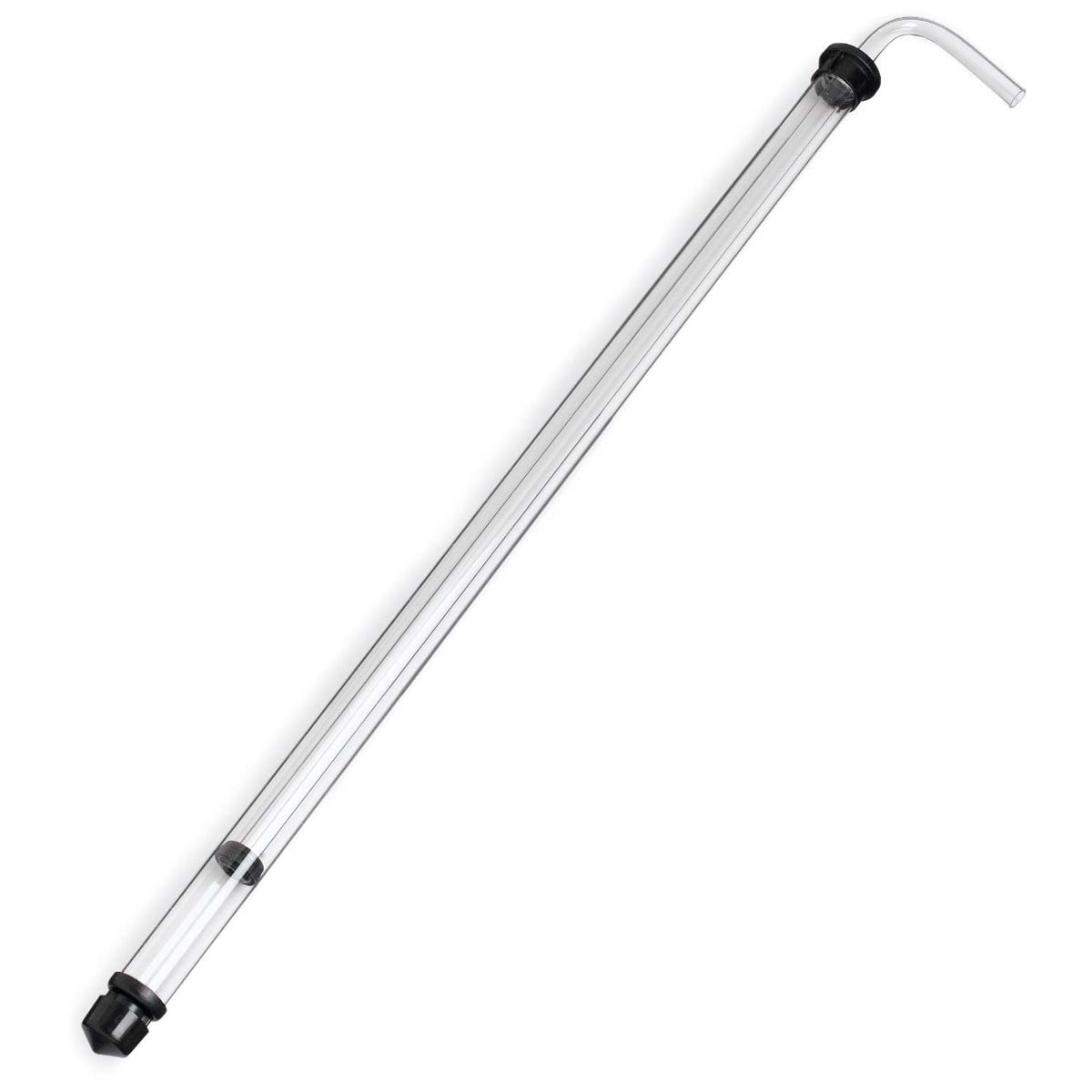That sounds about right. Sounds like you are as miserly as I am with my wine.This allows some of the finer lees into the secondary, but leaves all the really heavy gross less behind. I only lose about a litre that way.
The first racking, I expect to lose volume to sediment. As I've said in previous posts, I do not worry much about transferring some sediment. Nor do I worry at the second racking -- fermentation is complete, solids WILL drop.
After that?
When I racked a barrel in March, I poured the sludge into a 1.5 liter bottle, put it in the fridge for a week. The sediment compacted to about 2", so I recovered most of the 1.5 liters. I poured it off the sediment and kept it refrigerated until the barrel needed topping. Repeat that a few times and it adds up to significant loss in a small batch.
The techniques I was taught (many moons ago) were very wasteful of wine. I 'spose if you're making hundreds of gallons of wine, a few liters is trivial.
But I'm a VERY cheap SOB, so (to quote Queen) I want it all! I racked the barrel Saturday, putting 400 ml sludge into a bottle, which is in the fridge. The lees are compacted to 1/4", so I'll pour that off and will top the barrel in 3 weeks ........
Many moons ago a friend bulk aged his wines for 12 months, and racked them each and every month. He threw out the wine in the test jar (checked SG every time) because it was contaminated, and at bottling time he complained that he lost 25% of his initial volume.
<face palm>





































![[Upgraded] 9Pcs Tree Root Growing Box with Drain Holes, Half Transparent Plant Rooting Propagation Ball & Metal Core Twist Ties, for Fast Propagation Plants (Size M)](https://m.media-amazon.com/images/I/514MWQxtWOL._SL500_.jpg)


















